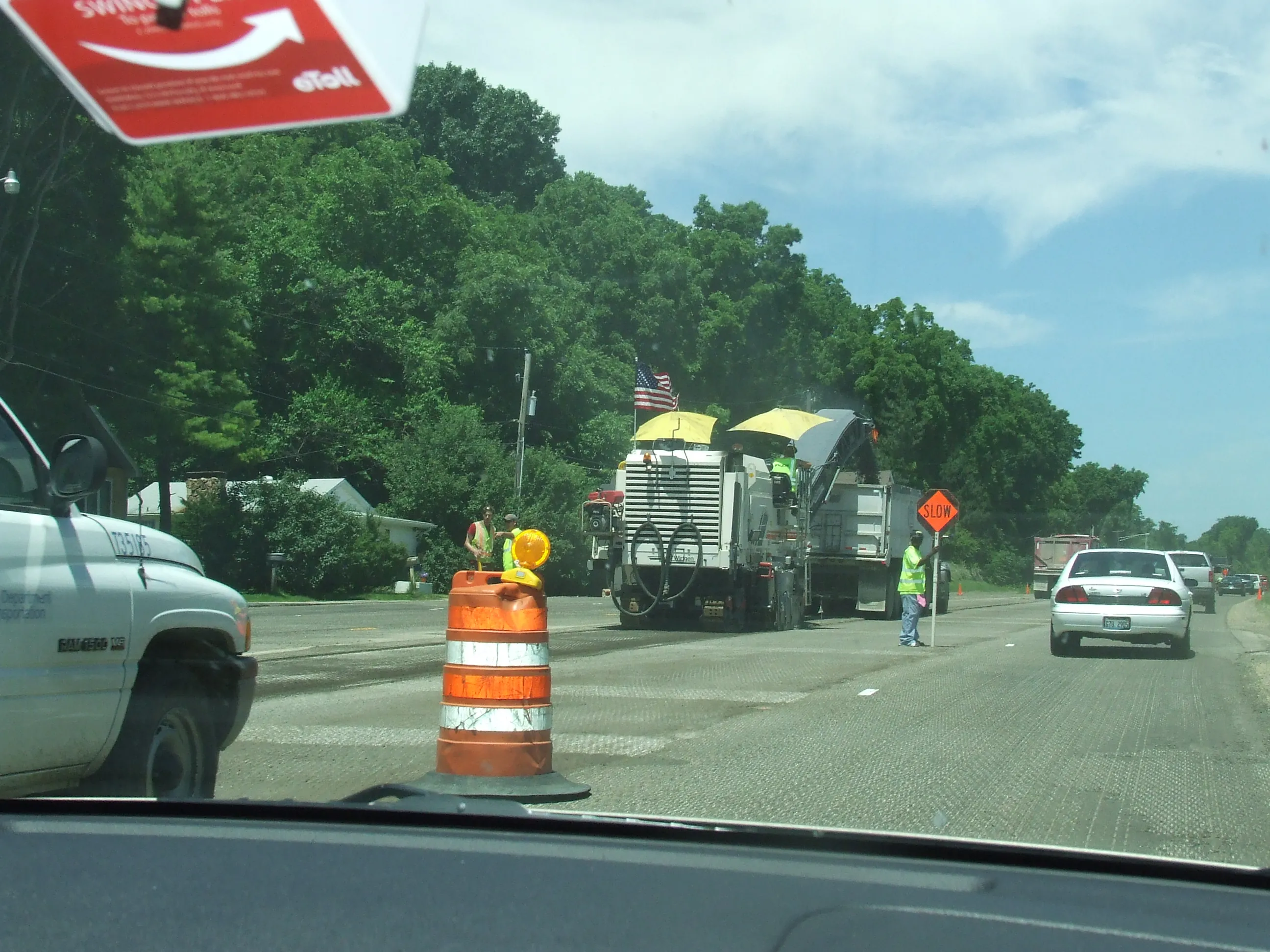Texas has been left with a US$2billion bill to repair its drill damaged roads, according to a senior state transport official. John Barton, deputy executive director of the Texas Department of Transportation, said the estimated bill illustrated the toll gas and oil production had taken on the US state's roads. Judge for the DeWitt County in South Texas, Daryl Fowler, believes DeWitt alone will require as much as US$342million to repair or substitute roads stretching 392 miles.
July 6, 2012
Read time: 2 mins
Texas has been left with a US$2billion bill to repair its drill damaged roads, according to a senior state transport official.
John Barton, deputy executive director of the3499 Texas Department of Transportation, said the estimated bill illustrated the toll gas and oil production had taken on the US state's roads.
Judge for the DeWitt County in South Texas, Daryl Fowler, believes DeWitt alone will require as much as US$342million to repair or substitute roads stretching 392 miles.6127 Pioneer Natural Resources and 6128 BHP Billiton provide financial contributions to the county whenever they drill a new well.
However, Fowler stressed how some firms make no contributions. He is pushing for legislative amendments to assist affected counties cover the costs related to exploiting shale gas. According to executive vice president of the Texas Oil and Gas Association, Deb Hastings, the key question is which party should cover those costs.
John Barton, deputy executive director of the
Judge for the DeWitt County in South Texas, Daryl Fowler, believes DeWitt alone will require as much as US$342million to repair or substitute roads stretching 392 miles.
However, Fowler stressed how some firms make no contributions. He is pushing for legislative amendments to assist affected counties cover the costs related to exploiting shale gas. According to executive vice president of the Texas Oil and Gas Association, Deb Hastings, the key question is which party should cover those costs.









